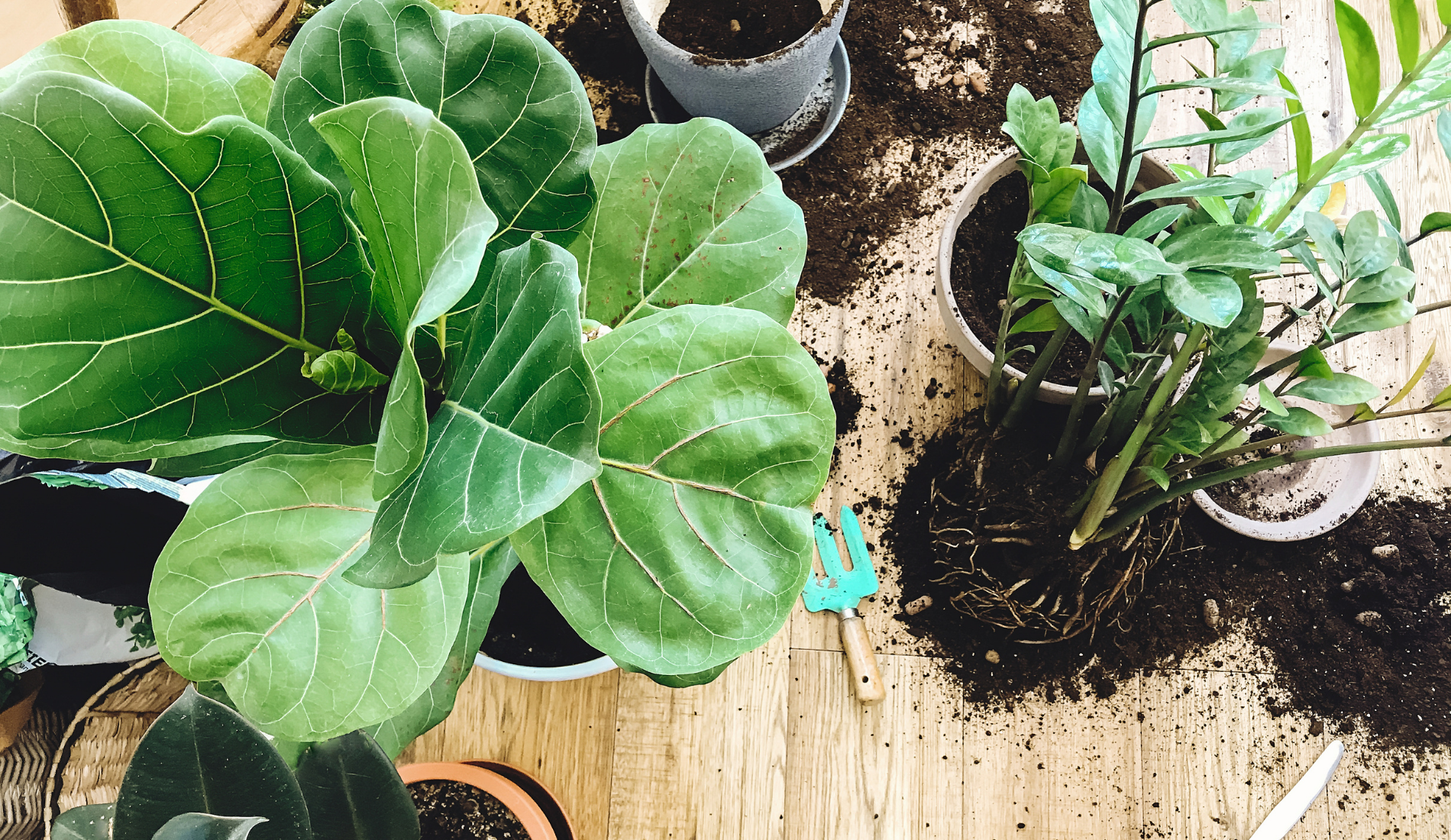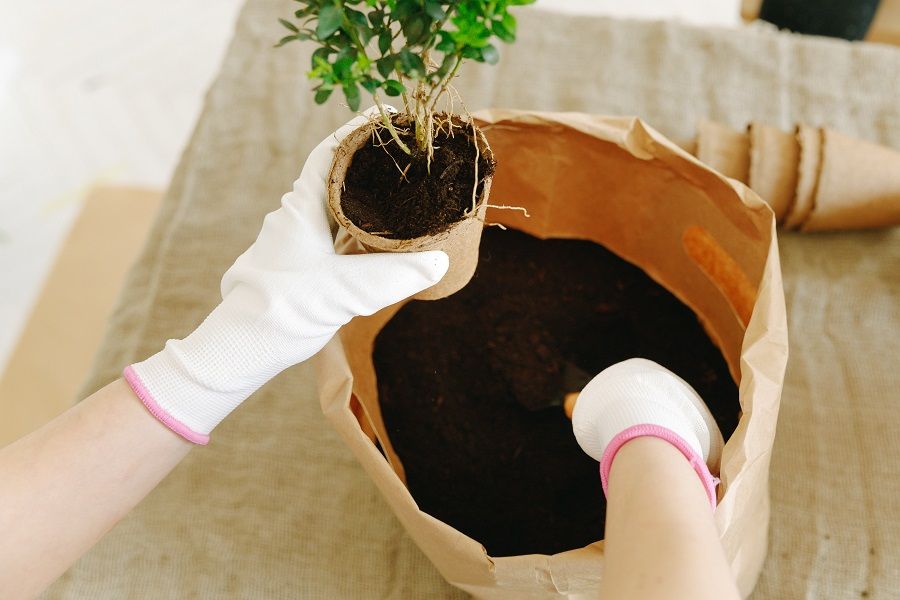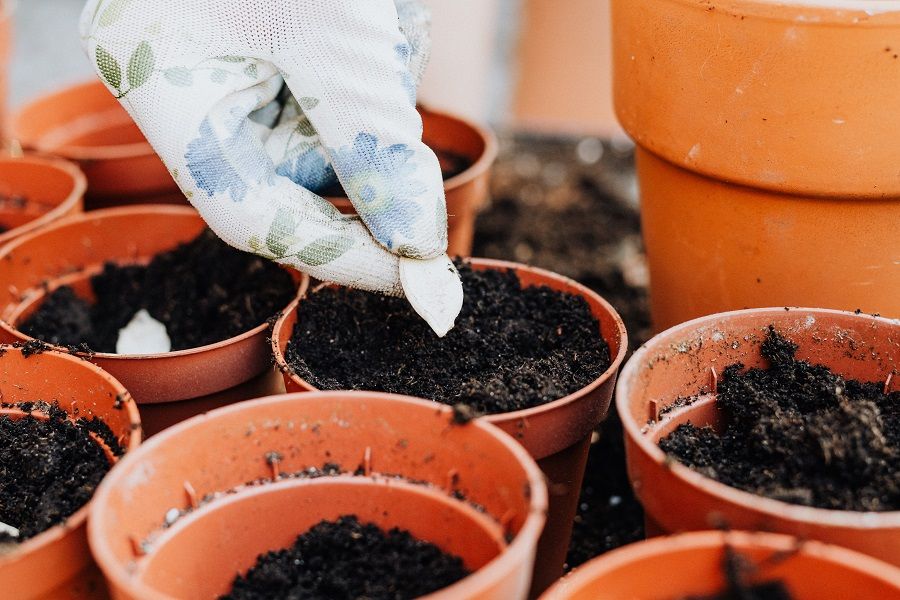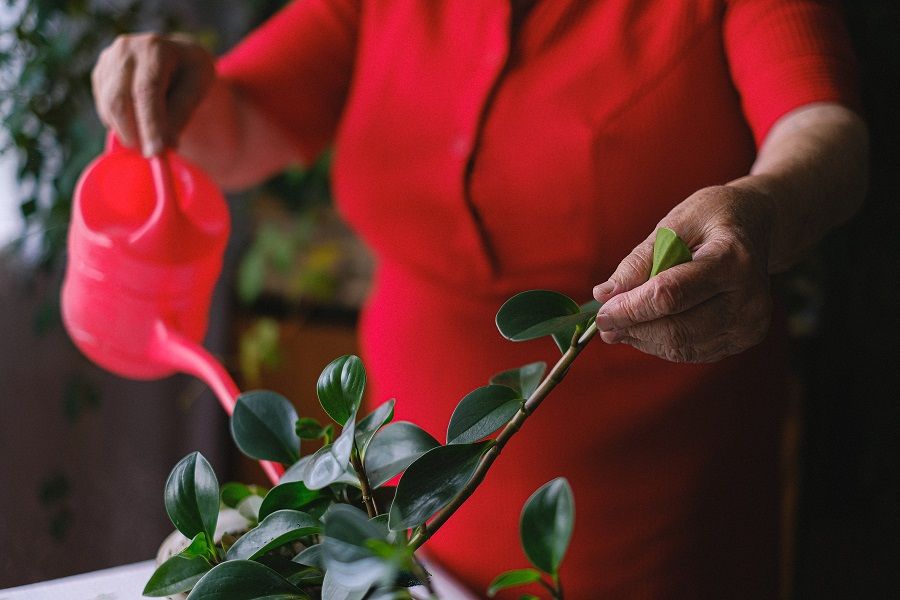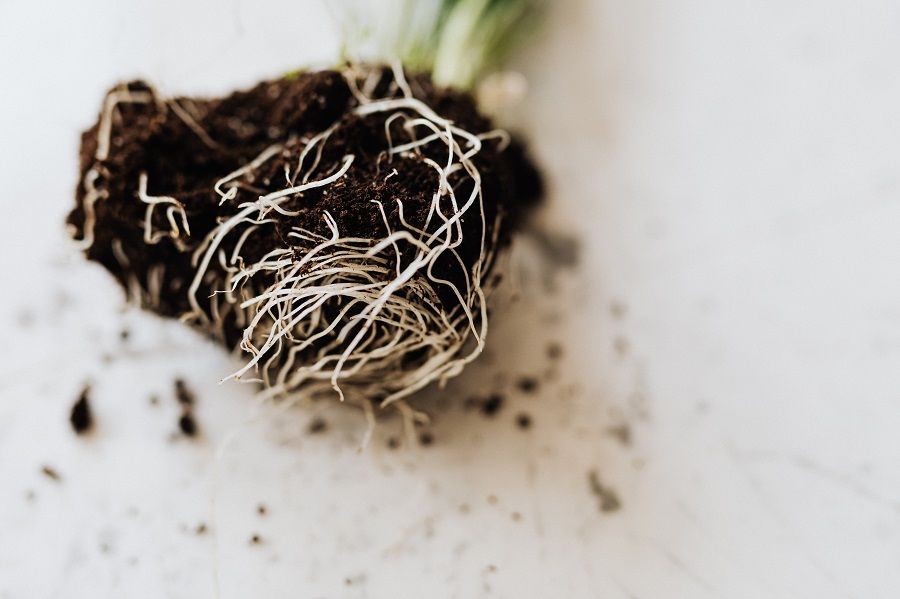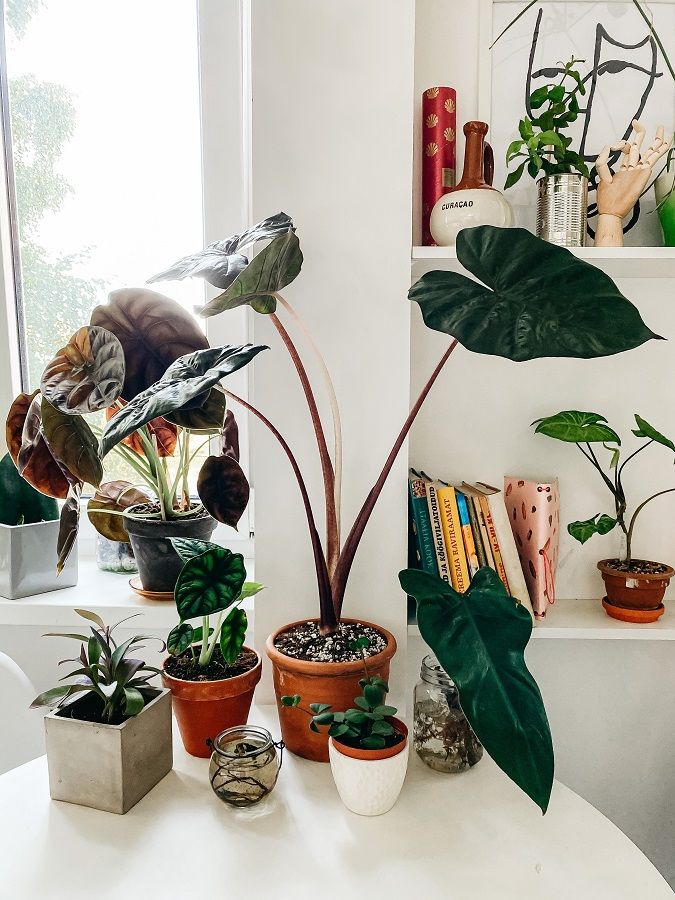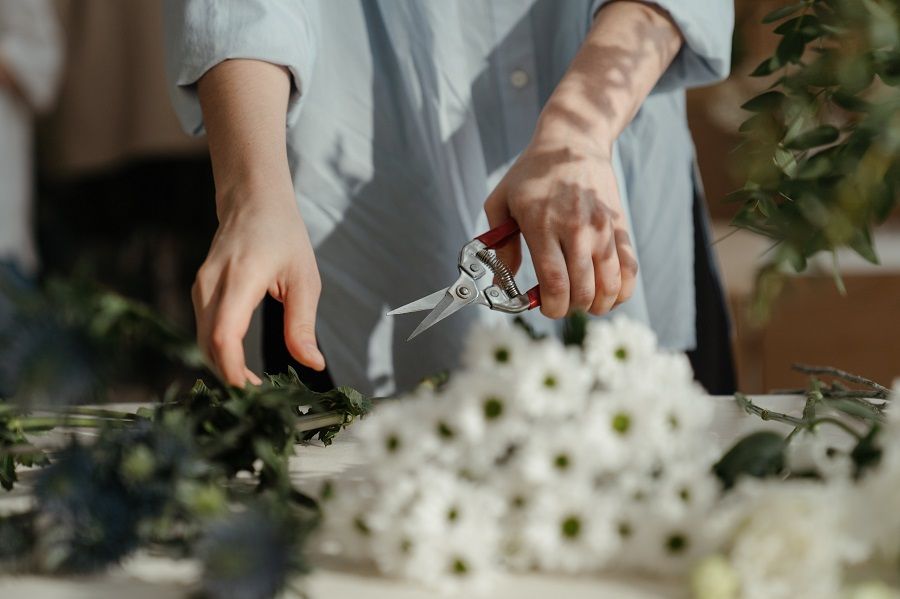Fiddle Leaf Figs are popular houseplants that are known for their large, dark green leaves. They can be a little tricky to care for, but with the right tips and tricks, you can have one of these beautiful plants in your home.
Learn everything you need to know about growing and caring for a Fiddle Leaf Fig. From watering and fertilizing to pests and diseases. So, whether you're a novice or an expert gardener, this guide has something for everyone! Here is a step-by-step guide on growing and caring for your fiddle leaf fig plant:
Growing- Material Needed
- Pot
- Gloves
- Gravel or Rocks
- Potting Soil
- Watering Can
- Trowel
- Fertilizer
- Pot Riser
Choosing The Right Plant
Image credit:Tiia Pakk via Pexels
Start with a healthy plant. When you are buying a fiddle leaf fig plant, make sure to choose one that is healthy and has good color. Avoid plants that have yellow leaves or that are wilting. Transplanting a healthy plant will help ensure that your fiddle leaf fig thrives in its new location.
Potting
Image credit:Thridman via Pexels
When you get a new fiddle leaf fig, the first thing you need to do is pot it. Here's how:
When you are ready to transplant your fiddle leaf fig, choose a new pot that is slightly larger than the plant's current pot. A ceramic or plastic pot that is at least 18 inches in diameter is ideal. Be sure to use a pot with drainage holes to prevent root rot. Begin by removing the plant from its original pot. Be careful not to harm the roots as you do this.
Once the plant is out of its pot, loosen the roots slightly and then place it in the new spot. Place your fig in the center of the pot, making sure that the root ball is sitting on top of the potting mix. Add or remove potting mix as needed so that the root ball is level with the top of the pot. Fill in around the root ball with more potting mix, tamping it down gently as you go. Water your fig well, and then give it a final deep watering a few days later.
When you have transplanted your fiddle leaf fig, choose a spot that has bright, indirect light. Too much sun can burn the leaves.
Potting Soil
Image credit:Karolina Grabowska via Pexels
When you are transplanting your fiddle leaf fig, it is important to choose the right potting mix and soil amendment. There are a few things to keep in mind when making your selection.
First, make sure that the potting mix is well-draining. Fiddle leaf figs do not like wet feet, so a well-drained mix is essential.
Second, choose a mix that contains organic matter. This will help the plant retain moisture and nutrients.
Finally, select an amendment that will provide the plant with the nutrients it needs to thrive. A good option is an all-purpose fertilizer with an NPK ratio of 10-10-10 or you can use a high-quality potting mix specifically designed for fig trees. Follow the package directions for application rates and frequency. With a little care and attention, your fiddle leaf fig will thrive in its new home.
Additionally, gravel or rocks are a great option for fiddle leaf figs potting mix because they greatly improve drainage. Plus, they are easy to find and relatively inexpensive. Simply add 4-5 inches of gravel or rocks to your potting mix and you're good to go! Your fiddle leaf fig will thank you for it.
Care- Materials Needed
- Soil Meter
- Water
- Neem Oil
- Sharp Scissors
Watering
Image credit:Anna Shvets via Pexels
When you're watering your fiddle leaf fig, make sure that the pot has drainage holes so that the water can escape. Otherwise, you run the risk of overwatering your plant and causing root rot. Fiddle leaf figs should be watered about once a week, or when the soil is dry to the touch. And, if possible, use filtered or distilled water to avoid giving your plant too much chlorine.
Finally, don't forget to empty out the catch tray after each watering so that your plant isn't sitting in water. By following these simple tips, you can help ensure that your fiddle leaf fig gets just the right amount of water and stays healthy and happy.
Pro Tip: Be sure to keep an eye on your fiddle leaf fig for the first few days after transplanting. If the leaves begin to droop or turn yellow, it is likely that the plant is not getting enough water. Adjust your watering schedule accordingly and be sure to monitor the plant closely until it has adjusted to its new home. With a little care, your fiddle leaf fig will soon be thriving in its new location!
Humidity Checks with Soil Meters
Image credit:Karolina Grabowska via Pexels
When it comes to fiddle leaf figs, soil moisture is key. Too much or too little water can stress your plant and cause problems. A soil meter is a helpful tool to have on hand to make sure your fig is getting the right amount of water.
To use a soil meter, simply insert it into the potting mix around your fig's root ball. The meter will tell you how moist the soil is, so you'll know when to water your plant.
A soil meter is a small investment that can go a long way in helping you keep your fiddle leaf fig healthy and happy!
Insect Infestation
Image credit:Tiia Pakk via Pexels
One of the most common problems with fiddle leaf figs is insect infestation. The three most common culprits are mealybugs, spider mites, and scale insects. All of these pests can do serious damage to your plant, so it’s important to be on the lookout for them.
The best way to prevent insect infestation is to keep your plant healthy. A healthy plant is better able to withstand an attack from pests and will recover more quickly if an infestation does occur. Regularly check your plant for signs of pests and address any problems immediately. If you see any pests on your plant, carefully remove them with a cotton swab dipped in rubbing alcohol.
In addition to being vigilant about keeping your plant healthy, you can also take some proactive measures to prevent insect infestation. One of the best things you can do is to regularly wash your plant with a gentle soap and water solution. This will remove any dust or dirt that could attract pests. You can also add a drop or two of neem oil to your plant’s leaves, which will help to repel pests.
Pruning
Image credit:cottonbro via Pexels
Pruning your fiddle leaf fig is a necessary step in keeping your plant healthy and looking its best. You should prune your fig regularly, removing any dead or dying leaves, as well as any overcrowded or excessive growth. When pruning, be sure to use sharp, clean shears or scissors to avoid damaging the plant.
Prune your fiddle leaf fig in the early spring, before new growth begins. This will encourage the plant to produce new, healthy growth during the growing season. If you notice any problem areas on your plant, such as pests or diseases, be sure to address these issues before pruning. Once you’ve finished pruning, give your plant a good watering and fertilize it to help it recover from the stress of pruning.
In Summary
Fiddle Leaf Fig plants are beautiful and common houseplants that can be a little finicky to care for. In this guide, we have covered everything you need to know about growing and caring for a Fiddle Leaf Fig. We've discussed watering, potting, and fertilizing your Fiddle Leaf Fig as well as root rot, pests, and diseases.
We hope you found this guide helpful. Following these tips will help you successfully pot your new fiddle-leaf fig and keep it healthy for years to come.

